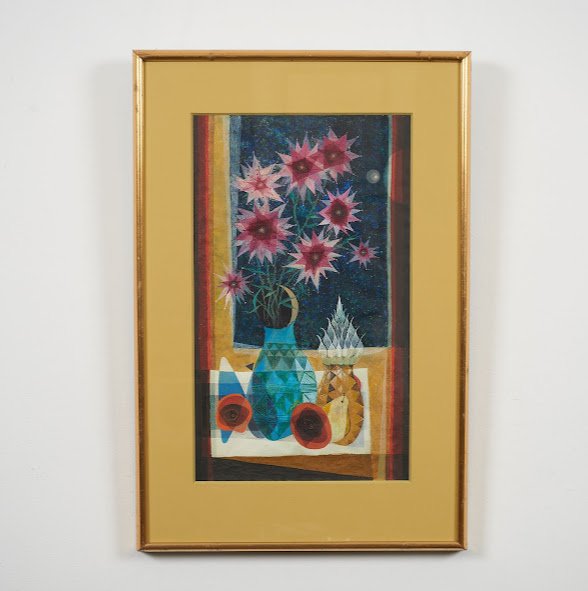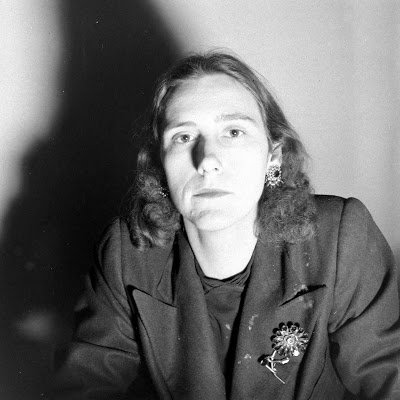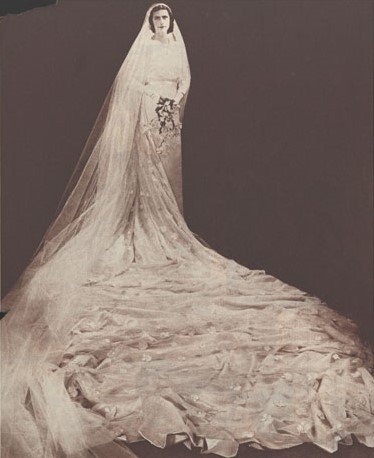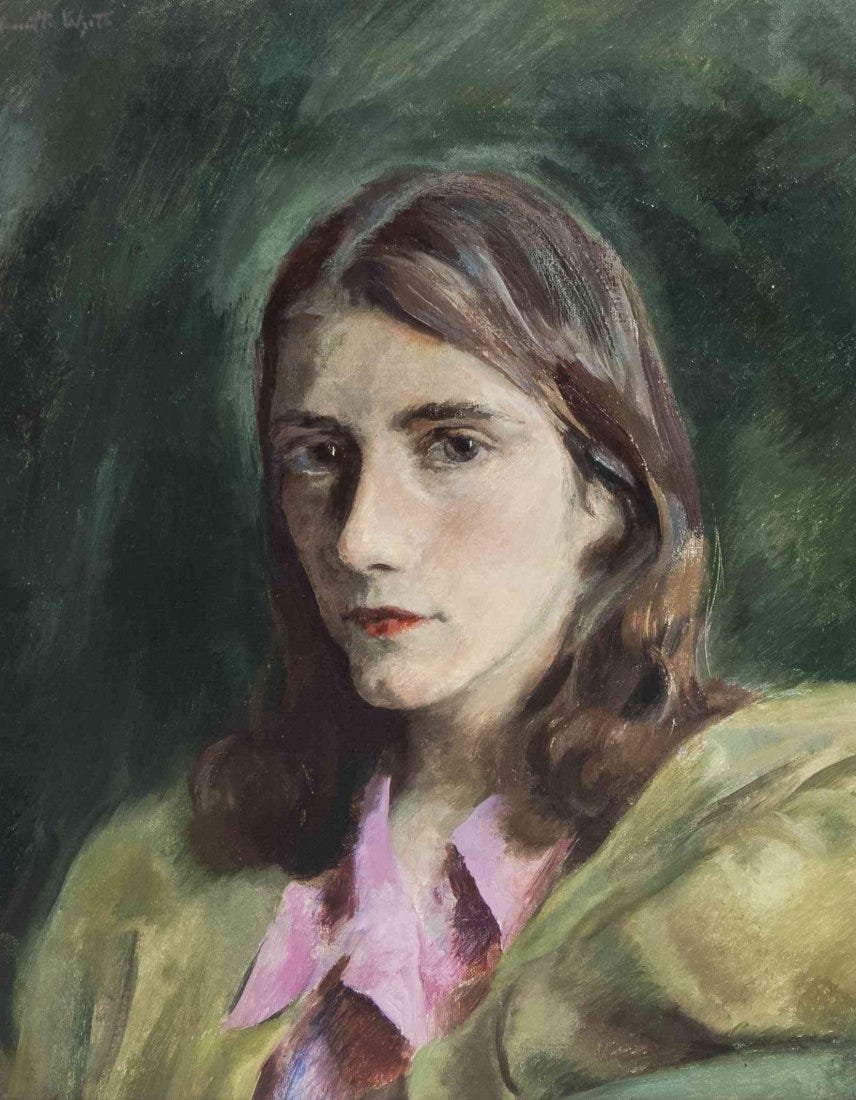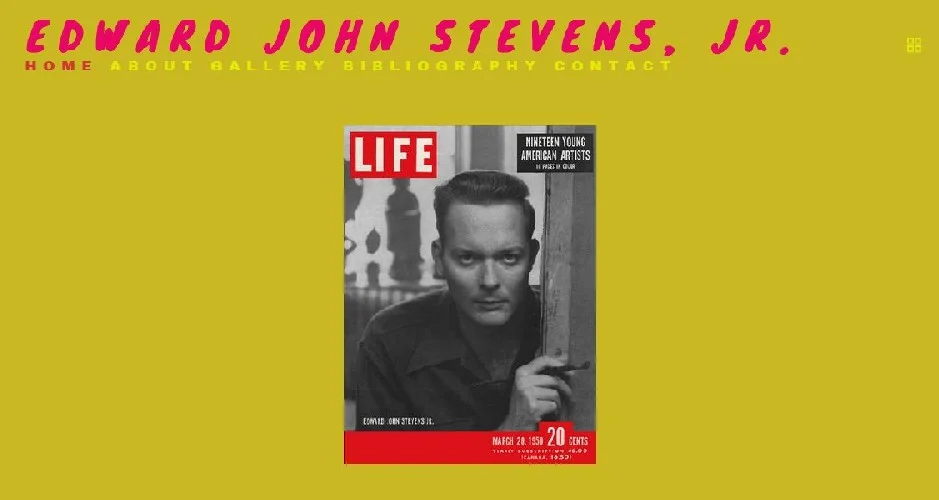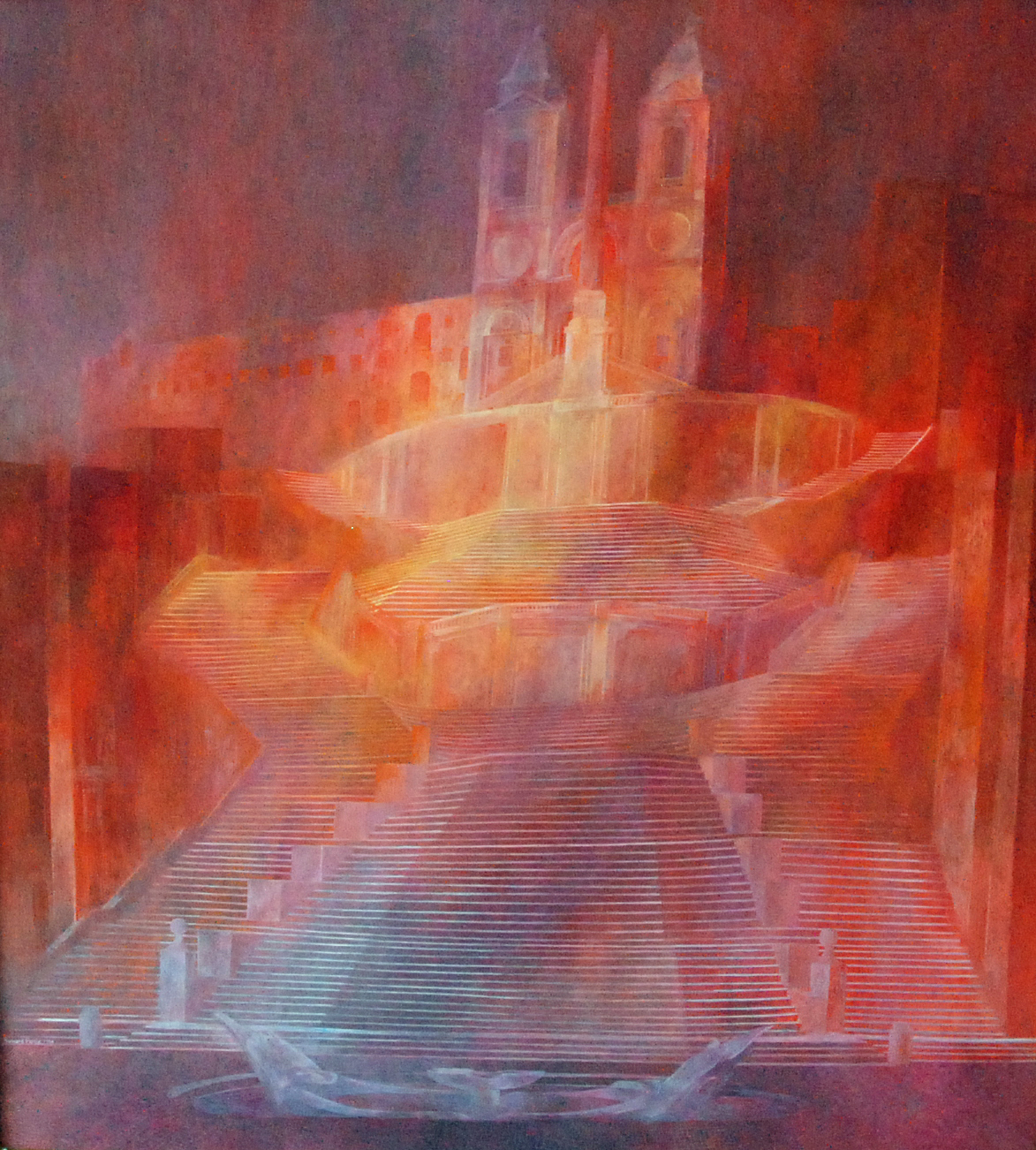PANURGE - A SONG ABOUT SHEEPLE
Music, lyrics and performance ©Dominique Grange, 1968
Translation ©Alan Edward Rosenberg
May 2018 marked the 50th anniversary of "Mai 68" the strikes and riots that led to a total shutdown of French society at the height of the global 1960s revolution. Dominique Grange's song Panurge, released in 1968, with lyrics and music by her, reflects the frustration with modern life that drove many at that time to reject the pervasive manipulations of commercialized pop culture: https://youtu.be/G-ojuCgjkfs.
With supremely Parisian blasé, cigarette in hand, Grange lays out a scene of contemporary life in which the populace is constantly corralled like a flock of sheep and implored to join in the fun (book a discount ski trip!), go on a shopping spree (sale ends soon!!), cheer go team!! (while parked in front of a television), seemingly hypnotized by consumerism and celebrity worship. Grange makes plain that people are like sheep: where one goes the rest willingly follow, even to their own demise. The Panurge of Grange's song is a character in Francois Rabelais' 16th century novel The Life of Gargantua and of Pantagruel. Panurge (described by James Wood in 1901 as "an exceedingly crafty knave, libertine, and coward") buys a flock of sheep but finds he was overcharged. Believing he was cheated in the deal, Panurge, in a fit of miscalculated foolishness, throws one of the sheep into the ocean and the entire flock follows: "Panurge, without another word, threw his sheep, crying and bleating, into the sea. All the other sheep, crying and bleating in the same intonation, started to throw themselves in the sea after it, all in a line. The herd was such that once one jumped, so jumped its companions. It was not possible to stop them, as you know, with sheep, it's natural to always follow the first one, wherever it may go."
Thus Panurge, in French culture, refers to one who misguides the easily misguided, hence the phrase moutons de Panurge, which may best translate into English as sheeple. Grange's contemporary Panurge whips up his flock into a dangerous frenzy leading to an apocalyptic seaside scene in which the singer proposes a neat solution that eliminates the shepherd and his sheep. Grange's French lyrics and my translation are below (corrections welcome). There are a number of expressions with double meanings that will be evident to native French speakers and are difficult to smoothly translate into English: "reviens nous donc" suggests the cries of the sheep to be contained or returned to safety but it also refers to a French expression of desire to return to the topic of conversation ("Je reviens donc à mes moutons" means "let us get back to the subject"); "coups d'klaxons" means honking horns and also refers to the horns of sheep; Grange channels a fashion victim who declares (with some self-satisfaction) that she paid for a couture original "with the eyes of the Devil," ("Elle m'a coûté les yeux du diable") a commodity she must have acquired at great personal risk (like Dorothy and the witch's broomstick). Dominique Grange's song is a triumph of musical, literary and performing talent. Her plaint against the problem of the modern Panurge and her solution are worth revisiting in our current crisis of contemporary culture.
Mais oui vous connaissez son nom
C'est l'inventeur des réunions
Des rassemblements et des groupes
Des trains de neige pour la montagne
Et des week-ends à la campagne
Des encombrements sur les routes
Panurge, panurge
Entends l'appel de tes moutons
Qui te réclament à coups d'klaxons
Panurge, reviens-nous donc
Ça urge!
Je porte une robe formidable
Elle m'a coûté les yeux du diable
Il faut bien payer l'originalité
J'ouvre par hasard le journal
J'y vois ma robe originale
En juste-à-coudre à Bon Marché
Panurge, panurge
Viens visiter tes mini-prix
Où se bousculent tes brebis
Panurge, reviens-nous donc
Ça urge!
Il a suffit que deux garçons
Tapent un jour dans un ballon
Pour gagner au sport un pays tout entier
Mais sur le stade par malheur
J'ai jamais vu que vingt-deux joueurs
Et des millions devant leur télé
Panurge, panurge
Prends donc tes moutons par la main
Entraine-les sur le terrain
Panurge, reviens-nous donc
Ça urge!
Quand tu reviendras, c'est d'accord
En foule on ira sur le port
À la queue-leu-leu sur le quai
Pour contenir tes admiratrices
On aura prévenu la police
Qui te couvrira de bouquets
Panurge, panurge
Ce jour-là fait bien attention
Ils seront là, tous tes moutons
Ils seront déguisés en touristes
En flics, en scouts, en journalistes
Y'aura des moutons photographes
Des agneaux chasseurs d'autographes
Ils seront prêts à t'écraser
À t'étouffer sous leus baisers
Même tu es pris de panique
Pique une tête dans ton public
Puisque tu es le responsable
De tout ça, montre-toi capable
De mourir avec ton troupeau
Panurge, panurge
Pour une fois jette-toi à l'eau
--
But of course, you know his name
He’s the instigator of gatherings
He assembles the crowds
Fills discount ski trips heading to the mountains
Weekends in the country
Traffic jams
Panurge, Panurge
Hear the cry of your sheep
Who honk their horns
Panurge, bring us back
Pronto!
I wear a fabulous gown
I had to pay for it with the eyes of the Devil
You must pay well for originality
By chance I opened my newspaper
There I saw my designer original
In a cut-and-sew kit at Bon Marché!
Panurge, Panurge
Come visit your discount stores
Where your ewes push and shove
Panurge, bring us back
Pronto!
It has been enough for two boys to kick a ball around
To win at sports across the entire country
But at the stadium, lamentably
I never see anything but 22 players
And millions of TV players
Panurge, Panurge
Take your sheep by the hand
Coach them on the field
Panurge, bring us back
Pronto!
When you will return, it is understood
Crowds will gather at the port
In single file on the dock
To contain your female admirers
The police will be on hand
They will cover you with bouquets
Panurge, Panurge
On that day pay close attention
They will be there, all of your sheep
They will be disguised as tourists, as cops, as talent-scouts, as journalists.
There will be the photographer-sheep
The autograph hunting lambs
They will be ready to crush you
To smother you with kisses
Even if you are seized with panic
Dive head-first into your public
Since you are responsible for all this
Show yourself capable of dying with your flock
Panurge, Panurge
For once, throw yourself into the water!












